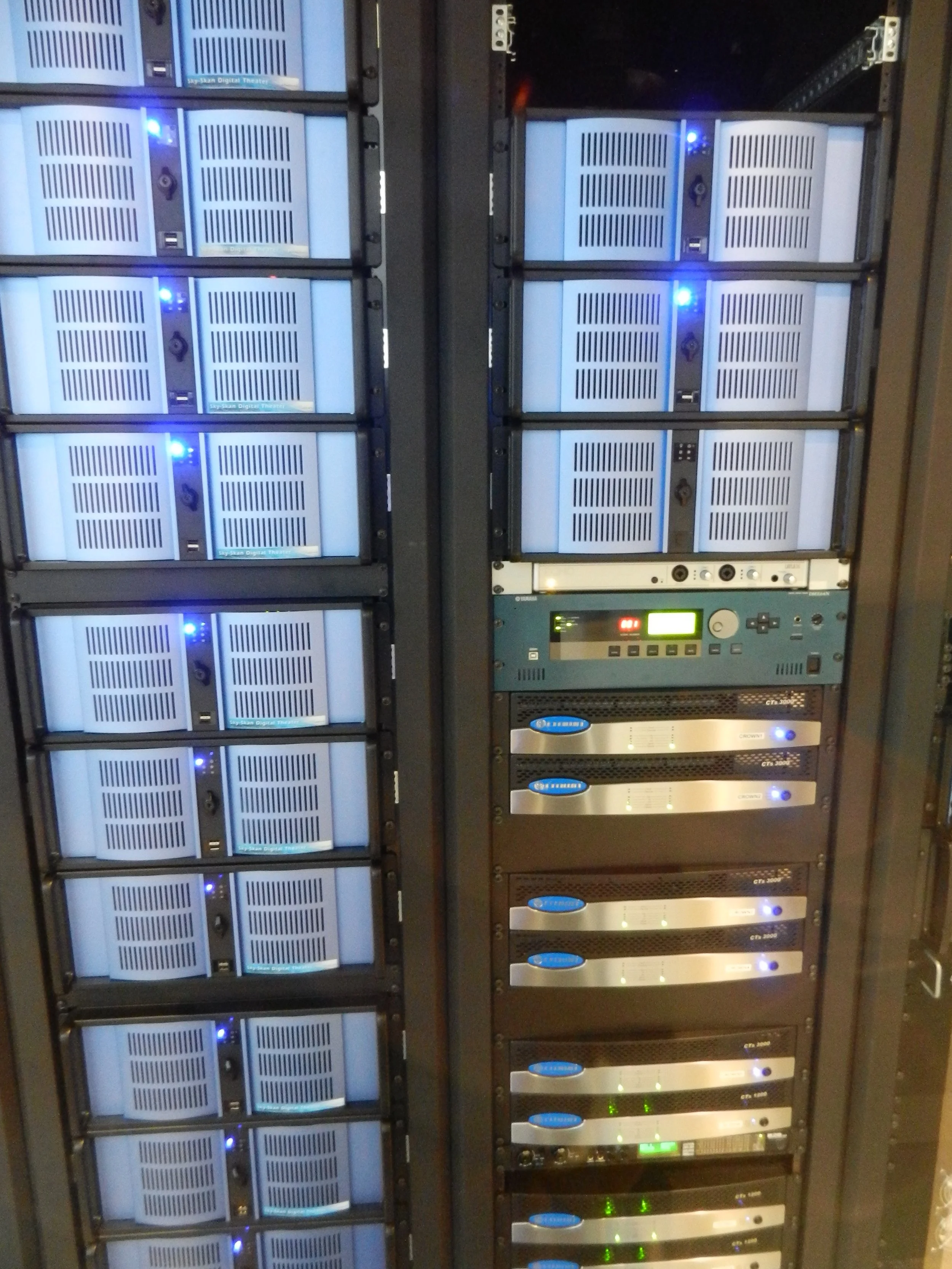Rack, Stack and Cable for Data Center Service
Components
Core Infrastructure
Connects switches, routers, and cross-connects — the backbone of your data center.
Horizontal & Backbone Cabling
Horizontal links endpoints like servers and racks. Backbone connects major zones with high-speed capacity.
Cross-Connects
Enable flexible routing and easy upgrades between cabling segments.
Cable Management
Trays and guides that reduce clutter, improve airflow, and simplify maintenance.
Equipment Cords
Short, reliable patch cables that connect active devices to the cabling system.
Key Components and Consideration for Cabling
Considerations
ScalabilityDesign with future growth in mind. Your cabling system should support increasing devices, bandwidth demands, and power — without needing a full redesign.
Operating Costs
Choose components and layouts that reduce long-term maintenance and energy expenses. Efficient cable management and smart planning can cut costs significantly.
Industry Standards
Follow ANSI/TIA-942, ISO/IEC 24764, and BICSI standards to ensure compliance, safety, and seamless system performance.
Uptime & Security
Build in redundancy and use secure cabling paths to protect data and guarantee uninterrupted service availability.
Functional Zones
Plan structured cabling around key zones — MDA, HDA, EDA, and more — tailored to the specific demands of each area
Types of Data Center Cabling
| What to Consider | Copper Cabling | Fiber Optic Cabling |
|---|---|---|
| Considerations | Cost-effective, shorter distances | Faster speeds, longer distances |
| Standards | TIA/EIA-568, TIA/EIA-862 (TIA-942) | TIA-568, TIA/EIA-492-AAAD (TIA-942) |
| Scalability | Limited scalability for high-speed data | Highly scalable, supports high-speed data |
| Management | Requires more extensive management | Easier to manage and maintain |
| Efficiency | Good for shorter distances, moderate speeds | Excellent for high-speed, long-distance data transmission |
| Applications | Local data center connections, short-reach | High-speed data center interconnects, long-haul connections |
| Cabling Pulling Techniques | Standard techniques, moderate bending radius | Delicate handling, minimal bending, potential for cable damage |
| Post Installation Testing | Easier testing and troubleshooting | Precise testing, more sophisticated equipment |
| Reporting | Documentation may be less critical | Comprehensive documentation for performance and maintenance |
Rack
Stack
Cable
Rack & Stack Cabling Deployment Services
Rack and Stack refers to the physical installation and configuration of IT infrastructure — and it’s a core service we deliver for data center customers.
At Extended Technical Solutions, we handle everything: from mounting servers, storage, and switches to cable management and optimized hardware layout.
Our team ensures your equipment is deployed cleanly, securely, and ready for immediate use.
Racking begins with careful cabinet assembly and staging for transport. Once onsite, stacking completes the job — placing and powering up your gear to fit seamlessly into your production environment
Rack & Stack Features
Custom Rack Design & Layout – Optimized for performance and serviceability
Hardware Receiving & Unpacking – Secure intake and inspection process
Inventory Verification – Labeling and serial number recording for full traceability
Expert Assembly & Mounting – All devices securely installed by trained professionals
Cabling Provided – Power and network cables included for streamlined deployment
Intra-Cabinet Cabling – Routed per specifications for clean, efficient connectivity
Documented Cable Lists – Complete reference of all connections and ports
Final Deployment Reports – Visual layout and cable run documentation included
Types of Copper vs. Fiber Optic Cables
| Feature | Copper Cables | Fiber Optic Cables |
|---|---|---|
| Usage | Short- to medium-distance, local connections | High-speed, long-distance and backbone cabling |
| Speed & Bandwidth | Moderate speeds and bandwidth | Ultra-fast speeds and high bandwidth |
| Types | CAT5e, CAT6, CAT6a, Coaxial | SMF, MMF, OM3, OM4 |
| Cost | Lower initial cost, cost-effective for local links | Higher cost, ideal for long-term performance |
| Ideal For | Workstations, patch panels, short runs | Backbones, inter-switch links, data interconnects |
Common Fiber Cable Types
| Fiber Type | Description | Best Use |
|---|---|---|
| Single-Mode (SMF) | Small core, transmits one light path for minimal dispersion | Backbone & long-distance high-speed links |
| Multi-Mode (MMF) | Larger core supports multiple light paths | Short-distance links within data centers |
| OM3 / OM4 | High-performance MMF with enhanced bandwidth | 10G/40G/100G data center environments |
We also sell all OEM Cables and Racks
Contact us
Interested in working together? Fill out some info and we will be in touch shortly. We can’t wait to hear from you!






